Transcription of Challenge: Developing, Retaining, and Promoting …
1 WHITE PAPERC hallenge: developing , retaining , and Promoting Talented WomenBy: Laura Santana and Katherine PappaContentsIntroduction 1 Women are Ambitious. Why the Leaky Pipeline? 2 Individual Development + System Shifts = Solution 3In Action: 3 Levers for Women to Pull 5 The Bottom Line? 6 About the Authors 9 2015 Center for Creative Leadership. All rights reserved. 1 IntroductionResearch consistently shows the value women leaders bring to their companies. Women are critical to success, yet barriers remain to the advancement of women at work.
2 How can companies step up to the challenge of developing , retaining , and Promoting talented women?Leaning in? Stepping up? Dropping out? Holding on? What s going on with the women in your organization? Having women on executive committees correlates with financial success and organizational effectiveness (Barsh). Companies with female board representation had a 26% greater return on capital investment (Carter). Highly diverse teams outperform nondiverse teams by as much as 80% (Bersin).2 2015 Center for Creative Leadership.
3 All rights Women are Ambitious. Why the Leaky Pipeline?A McKinsey survey found that 79% of entry-level women and 83% of middle-management women desire to move to the next level at work (Barsh). And 75% of women aspire to top management roles, including C-suite on par with their male counterparts (Devillard). Yet, the majority of female employees are concentrated in entry-level and middle-management positions and that isn t changing. A 2014 study found that globally, the proportion of women in senior roles remains at 24%, the same as in 2007 (Scott).
4 Just of Fortune 500 CEOs are women (Fairchild). Women represent 15% to 18% on boards and senior executive teams in many countries. A recent study put that figure into perspective: fewer women are on S&P 1500 boards than men who were named John, Robert, James, and William (EY).There is no single factor to explain the gap between women s interest in moving into more senior roles and the lack of women currently in them. Many barriers are what may be called second-generation bias or unconscious bias, including: Traditional images of leadership are associated with qualities that are viewed as male qualities.
5 Women have few female role models at high levels of leadership. Career paths and work are often defined by or associated with gender. Women are held to higher standards and offered fewer rewards. Women are not part of the networks that supply information and support. Women face a double bind of being either competent or liked but not both. The combination of work and home responsibilities is a greater burden for women. Women may be hesitant to advocate for themselves or self-promote (Ibarra; Desvaux, Barsh, Devillard).
6 2015 Center for Creative Leadership. All rights reserved. 3 Individual Development + System Shifts = SolutionDeveloping, retaining , and Promoting female talent is a stated priority in many organizations but there is a significant gap between knowing it is important and making it happen. Often gender-diversity efforts are vague, misdirected, or too limited. A Mckinsey study found that 32% of companies had not implemented any specific gender-diversity measures, and only 30% implemented four measures or more (Desvaux). Flexible working conditions, support for work and family life, and gender-specific hiring and Promoting goals and programs are helpful.
7 A deep understanding of the unconscious bias that affects women in organizations is essential. Commitment of the CEO and/or other high-level leader is important. Coaching and mentoring, skill-building, and networking initiatives are valuable (Desvaux).Why a women-only leadership development experience? A women-only program or initiative doesn t reflect the everyday world of work and that s a good thing. Novel contexts can shed new light on our experience and open the door to new ways to approach learning and leadership. Plus, a women-only context allows the shared experience of gender to inform the content and support the 2015 Center for Creative Leadership.
8 All rights Address women s leadership challenges and needed competencies. According to a CCL survey of 337 HR leaders and line managers, both men and women, the top leadership challenges for women are establishing credibility, managing up and across the organization, negotiating adeptly, and influencing others. The two most important competencies for women leaders to start developing now are managing organizational complexity and strategic thinking and Leverage the power of choosing. Women need to be intentional about their careers and development as leaders.
9 The power to choose is one that is often overlooked by women. Encourage women in the organization to: Exert greater influence over the choices they make; Take the lead in shaping conversations about their career; Take greater ownership over their career choices; and Create a personal leadership development strategy. 3. Rethink systems, challenge assumptions. Look for ways that unconscious bias in the organization affects opportunities and motivation for women. Scheduling, opportunities for networking and mentoring, social norms, and talent management processes are some potential areas for rethinking and improvement.
10 For example, a hiring manager may assume that a woman who doesn t discuss her career ambitions is not interested in a promotion or that a woman with small children won t take on a travel-intensive role. Instead, managers should ask women what they want and organizations should create the culture and systems that make it easier to have those organizations pursue a range of strategies, three ideas for individuals and organizations can guide decisions about developing , retaining , and Promoting talented women: 2015 Center for Creative Leadership.
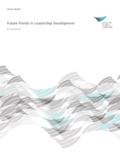
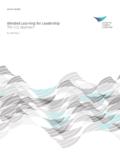
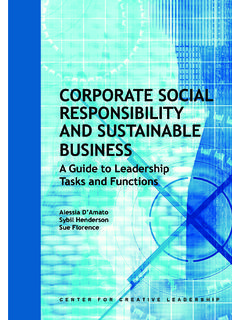
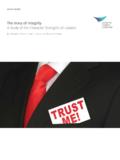
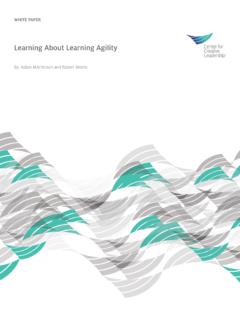

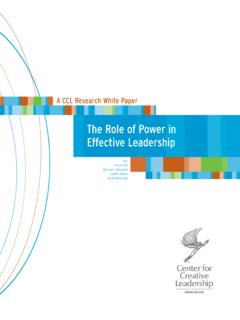
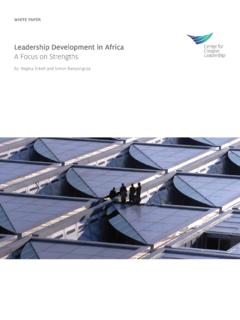




![Unconscious Bias Challenge [MASTER COPY] - 15 Questions](/cache/preview/c/d/5/c/3/3/8/1/thumb-cd5c33818a62b6224b4b934fe3d58e3e.jpg)



